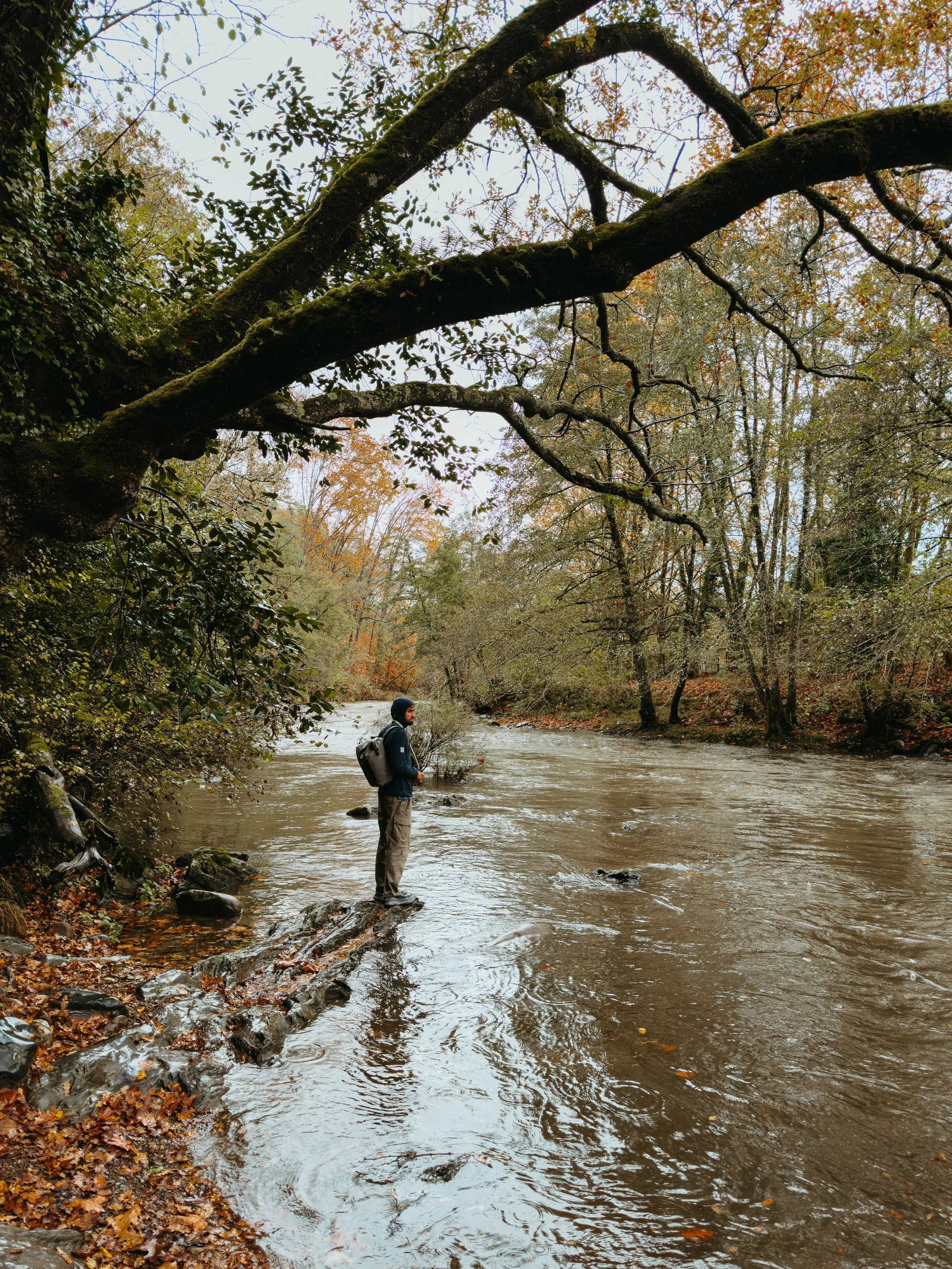Testing the camera on the Iphone 17 Pro - A photographer´s review
Introduction: Expectations and Context
Let’s be honest: the iPhone 17 Pro isn’t about to replace your mirrorless or DSLR for truly demanding photography. Still, as someone who’s watched phone cameras steadily catch up—and often overtake—the point-and-shoot market, this device feels like another major push in that direction.
After a few years with my iPhone 13 (I prefer to wait at least 3-4 years between upgrades since year-to-year improvements are usually marginal), a rapidly declining battery pushed me to reconsider. Faced with a steep replacement cost for the 13’s battery (170$), picking up the 17 Pro was a practical step. As always, Apple’s Pro model tempted me most for its camera hardware and promised features aimed at photographers.
Real-World Testing Across Environments
Originally, I planned to shoot in the mountains with Bosco, SierraVista Blog co-founder, but after capturing a handful of perfect blue-sky photos, it struck me: this wasn’t enough for a fair review. So, the camera came along on a family trip to Egypt, followed by journeys to the north of Spain and the south of France. After a solid month of use in diverse light and locations, this review is built on more than just first impressions.
A brief technical aside: everything was shot in Apple ProRaw and edited in Adobe Lightroom. It’s worth noting that, at launch, Lightroom didn’t recognize the new color profile, making the workflow unexpectedly cumbersome. If you’re coming to this later, Adobe may have resolved the issue; check for updates.
Handling and User Experience
True to Apple form, using the camera is largely intuitive. Using the phone’s physical camera button never felt right to me—absent a real viewfinder, it doesn’t add value in a meaningful way. I’m happiest treating the phone like a classic point-and-shoot, relying on the touchscreen for framing and capturing moments quickly.
The available focal lengths run from 0.5× (13mm) up to an impressive 40× digital zoom, with stops at 1× (24/28/35mm), 2× (48mm), 4× (100mm), and 8× (200mm). I consistently found the 2× (48mm) especially useful; it’s close to the “natural perspective of the human eye” perspective and reliably delivers sharp, natural images. The 4× (100mm) is serviceable with post-processing, but once you push to 8× (200mm), detail and color reproduction start to fall apart.
Using HEIC at 24MP or ProRaw at 48MP gives flexibility, especially when cropping heavily—a big bonus for telephoto shots. I recommend turning on grid lines; it helps with composition, especially when shooting landscapes or architecture.
Image Quality and Limitations
Lens flare is still a frequent annoyance—expect it shooting into direct sunlight or strong artificial lights.
The benefit of 48MP files is real: for editing, cropping, or large prints, extra resolution genuinely matters, especially on the telephoto lens.
Low light performance has improved, but there’s only so much that can be done with a 1/1.3" sensor (approx. 9,6 x 7,2mm in size giving 69 square mm), especially when you compare it to the massive 36×24mm (864mm²) sensor in a full-frame camera. Night photos are fine for social media and personal use, though don’t expect miracles in detail retention.
Shooting in ProRaw offers excellent post-processing flexibility, but I noticed some shutter lag. If you’re used to the near-instant response of dedicated cameras, it’s worth keeping in mind.
Pros
The 48MP sensor is a real asset for flexible editing and cropping.
Noticeable jump in dynamic range and color accuracy versus earlier generations.
Center Stage and the improved selfie camera are genuinely useful for group shots (even if, like me, you’re not a selfie fan).
It’s simply convenient and versatile, making it far easier to travel light or leave the bigger camera at home for long hikes.
Cons
Low light capabilities, while good for a smartphone, won’t satisfy those used to full-frame or APS-C sensors.
Shutter lag is noticeable when shooting in ProRaw. Not suprised though considering some of the files are up to 80mb!!
Lens flare still creeps into shots far too often, particularly when shooting around strong light sources.
Digital zoom above 4× quickly loses sharpness and introduces color artifacts.
Overall Photographer’s Take (conclusions)
The iPhone 17 Pro has been a significant upgrade over my old iPhone 13. If you’re using an even more recent Pro model (say, the 15 or 15 Pro), the jump might not feel as dramatic. The phone hasn’t replaced my full-frame camera, but it’s changed my approach; I now feel comfortable heading out for travel or long days outdoors with just this phone and leaving the dedicated camera behind. In many ways, it evokes the flexibility of using something like the Ricoh GR III X—a point-and-shoot that I truly enjoyed for its portability and results.
If you have any questions or want to see sample images, just let me know in the comments!

























